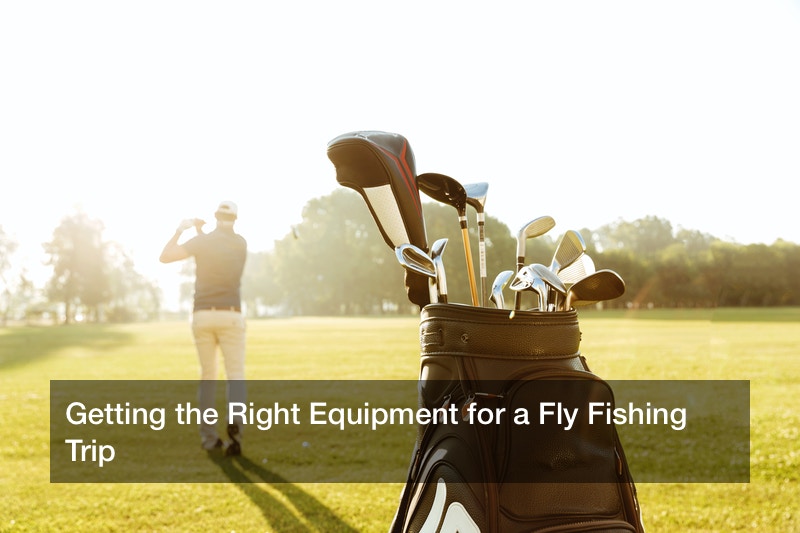
Fishing is a popular sport around the world today, and it is now treated more as a hobby than a lifestyle. Catching marine life for food is the job of commercial fishing boats; ordinary Americans are visiting local lakes and streams for recreational fishing. This is a time-honored and popular hobby, and many Americans young and old are going fishing and fly fishing. In 2017, for a recent example, some 51.59 million people or so went fishing, and of them, about 11.6 million were youth participants aged six to 17. And in 2018, 20.38% of survey respondents aged 18-29 said that they had gone fishing within the last 12 months. Now, what about fly fishing in particular, which calls for specialized fly rods, fly rod reels, and bait? And will a fly fisher need a gear bag of special outfit, too?
Getting Ready for Fly Fishing
Someone who is ready to get into fly fishing is encouraged to first visit local outdoor supply retailers, where they can consult the staff about the right models of fly rods or reels to buy within their price range. There, the customer can see many different brand names and models of fly rods and reels, and they can start a collection of artificial bait and lures as well. More experienced anglers can find particular models that they need online, including from secondary sellers, but a novice will want reference from store associates.
There is more to a fly fishing outfit than just the fly rods, though. Fly fishers, unlike regular anglers, will stand in the stream where they are fishing, as opposed to standing on a boat or pier. To avoid getting soaked while standing knee deep or waist deep in water, the angler will wear tall, waterproof boots to keep warm, and often, these boots are part of an overall outfit, an all-in-one package. On top of that, the fly fisher is encouraged to wear a wide-brimmed hat to protect their face and neck from the sun during a lengthy fishing trip, and they can protect their eyes from sun glare with sunglasses while looking at the water. A vest with multiple pockets is also helpful for storing spare items such as lures or line, since the angler isn’t standing on a pier where they can set down their items.
As a bonus, a novice fly fisher can buy a fly fishing tackle bag, and these bags vary in size and shape and come with zippers, carrying straps, and compartments inside for convenient transport. As for the lures stored inside, fly fishing often makes use of artificial bait that is covered in small feathers to imitate insects. Still, live bait such as crickets may be used.
Going Fly Fishing
A novice fly fisher is encouraged to go on a fishing trip with a more experienced angler so they can learn the correct methods. For example, how should they cast the line and lures? Regular fishing rods use the lure’s own weight to throw out the line and deposit the hook where the fisher intends, but fly fishing lures are too light to do that. Instead, the fly fisher will cast their rod in such a way that they cast the line itself, and this will place the lure where the fisher needs it to be. Doing this correctly will take some practice, but it can be done, and the advantage is that using this method prevents creating disruptive splashes that tend to scare off fish. Instead, a lightweight lure and line will gently land on the water.
A fly fisher may practice catch and release; that is, catch a fish, note its size, then remove the hook from its mouth and return it alive to the water. If fish are being kept, the fly fisher should have a bucket of water on hand where they can place caught fish, to keep them fresh. Also, keeping fish means obeying local wildlife conservation regulations, and signs to that effect are typically posted by local piers and parking lots. Following those rules means protecting the local breeding population, so angler can continue to enjoy that fishing spot for years to come.
